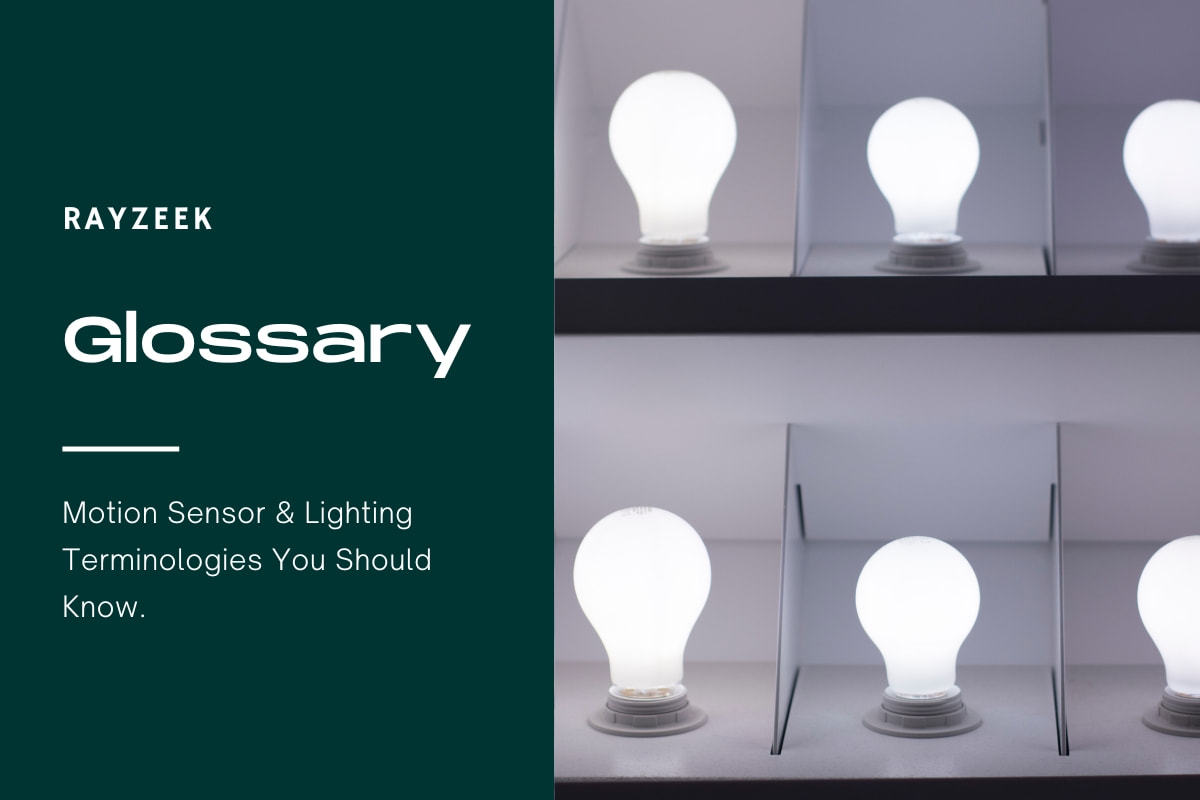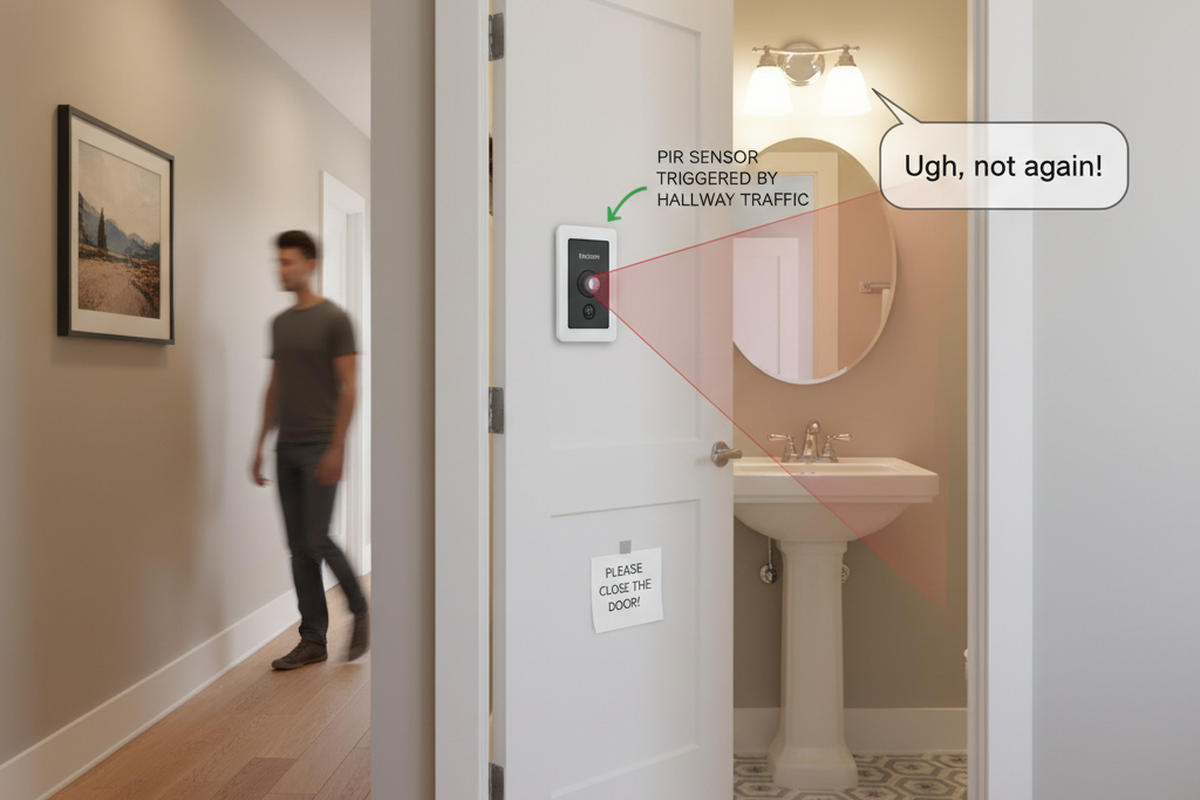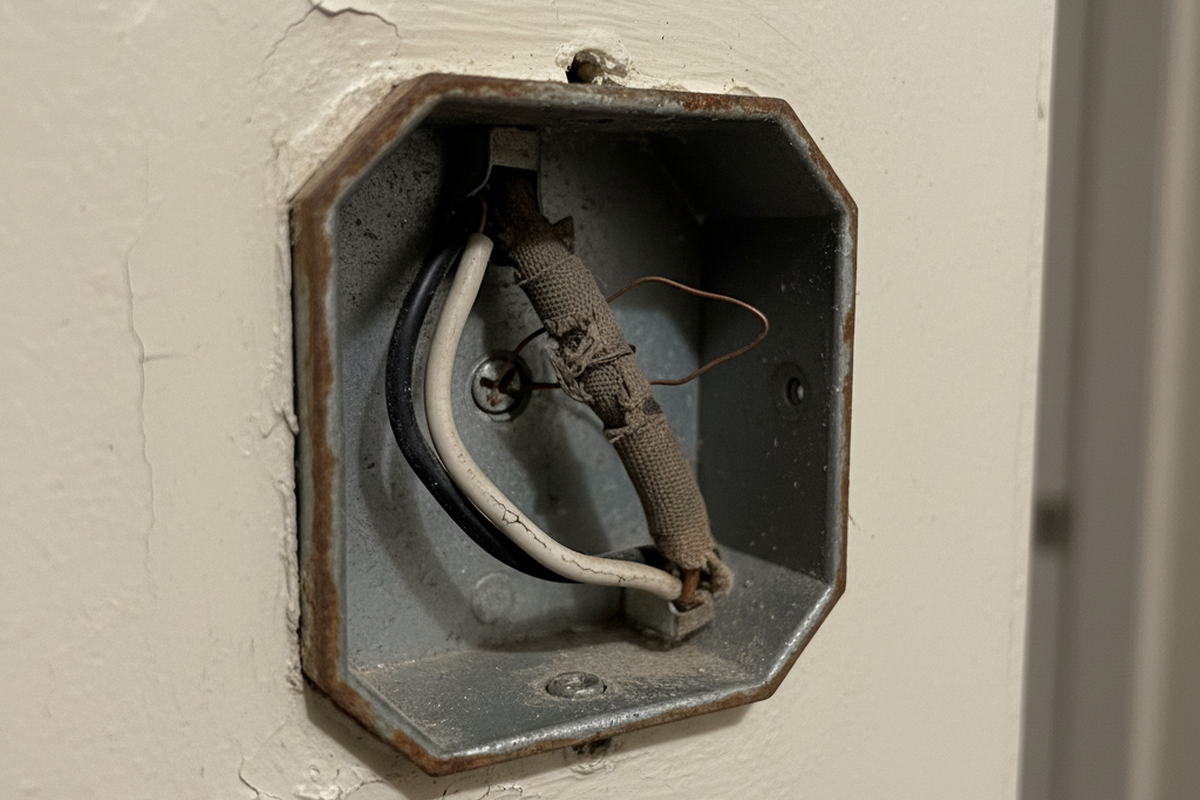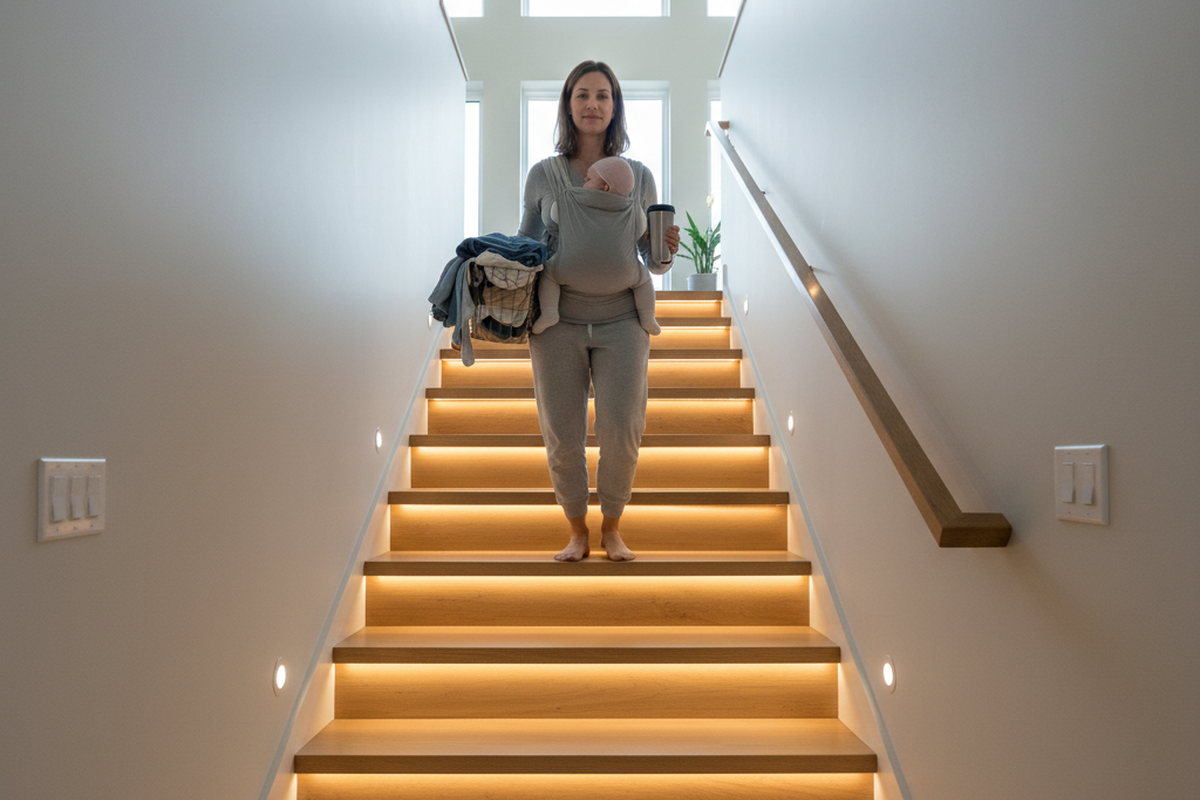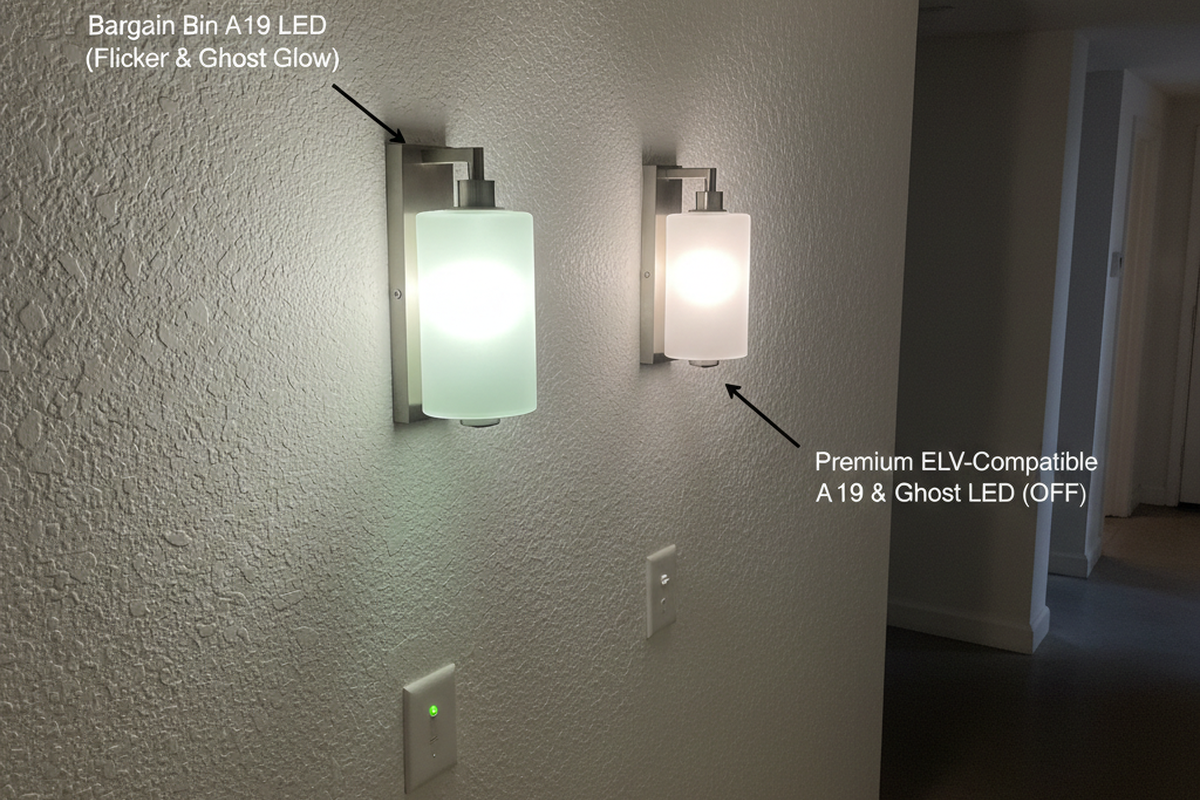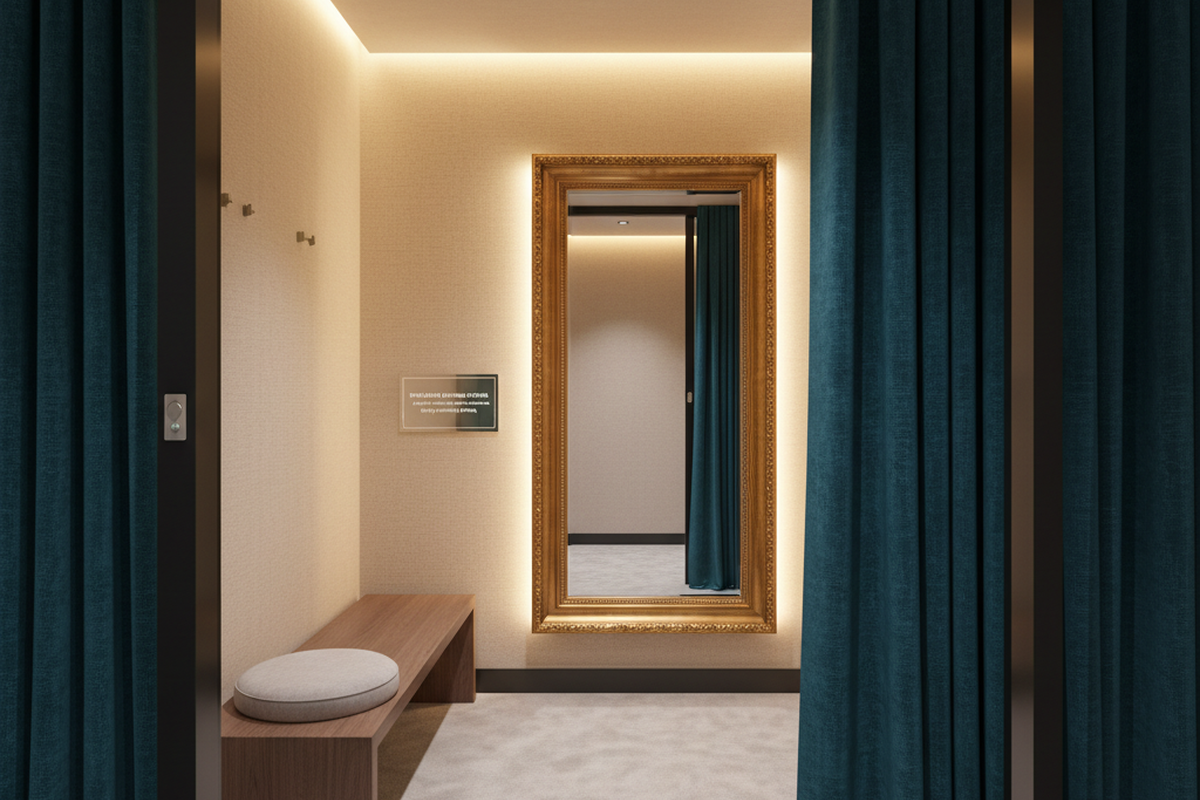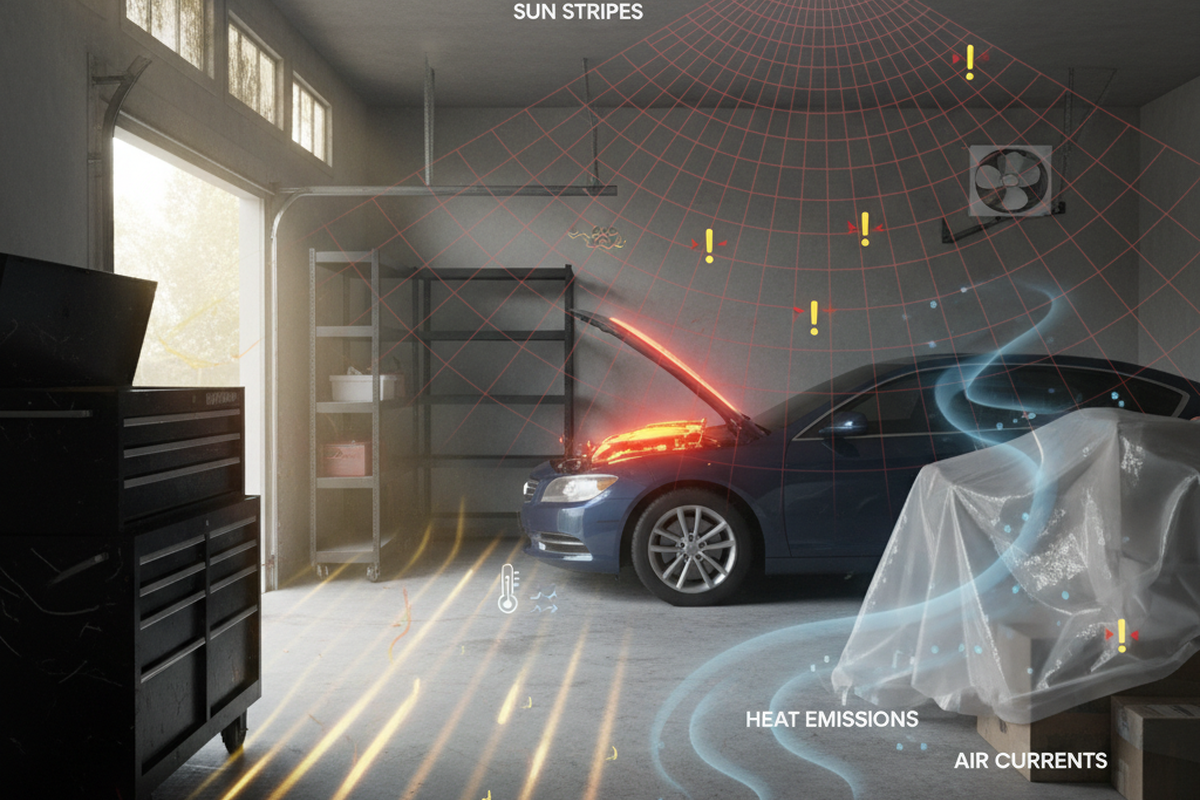What is Artificial Light
Artificial light is the visible light that is generated by manmade sources rather than occurring naturally. It is produced through various technological means, such as light-emitting diodes (LEDs) or other artificial light sources. Artificial light serves as a substitute for natural light in situations where it is insufficient or unavailable, providing illumination during nighttime or in indoor spaces with limited access to sunlight.
Maybe You Are Interested In
Artificial light has the key characteristics of controllability. Users have the ability to adjust and customize the quality, color, and brightness of artificial light to suit their specific needs and preferences. This versatility sets it apart from natural light sources, which are subject to environmental factors and cannot be easily manipulated.
Artificial light is used for general lighting purposes, such as illuminating rooms or outdoor spaces, as well as for specific applications like task lighting or accent lighting. Different types of artificial light sources are available, including incandescent bulbs, fluorescent lamps, LED lights, and halogen lamps, each offering unique characteristics and advantages.
Get Inspired by Rayzeek Motion Sensor Portfolios.
Doesn't find what you want? Don't worry. There are always alternate ways to solve your problems. Maybe one of our portfolios can help.
Artificial light may not be suitable for all purposes. For instance, artificial lighting may not provide the full spectrum of light required for photosynthesis, making it less ideal for plant growth compared to natural sunlight. Special considerations and additional measures may be necessary when using artificial light for indoor gardening or horticultural purposes.
Frequently Asked Questions
What Is Meant by Artificial Lighting
Artificial lighting refers to the production of visible light by artificial light sources, which typically includes some infrared (IR) and ultraviolet (UV) radiation. This is in contrast to natural daylight, where most LEDs do not emit IR and UV.
What LED Light Is Closest to Natural Light
4000K can be likened to the gentle glow of early-morning or late-afternoon sunshine streaming in through a south-facing window. In addition, color temperatures of 5000K and above are also comparable to natural light, although they are more in line with natural daylight rather than natural sunlight.

